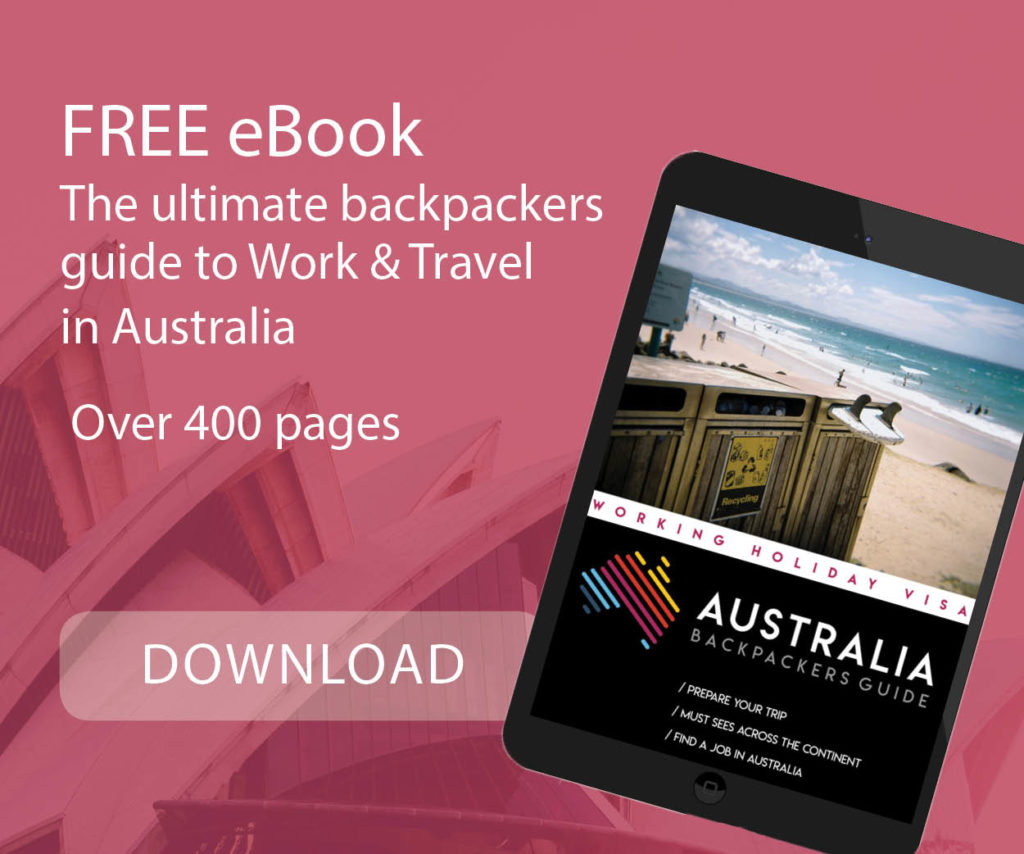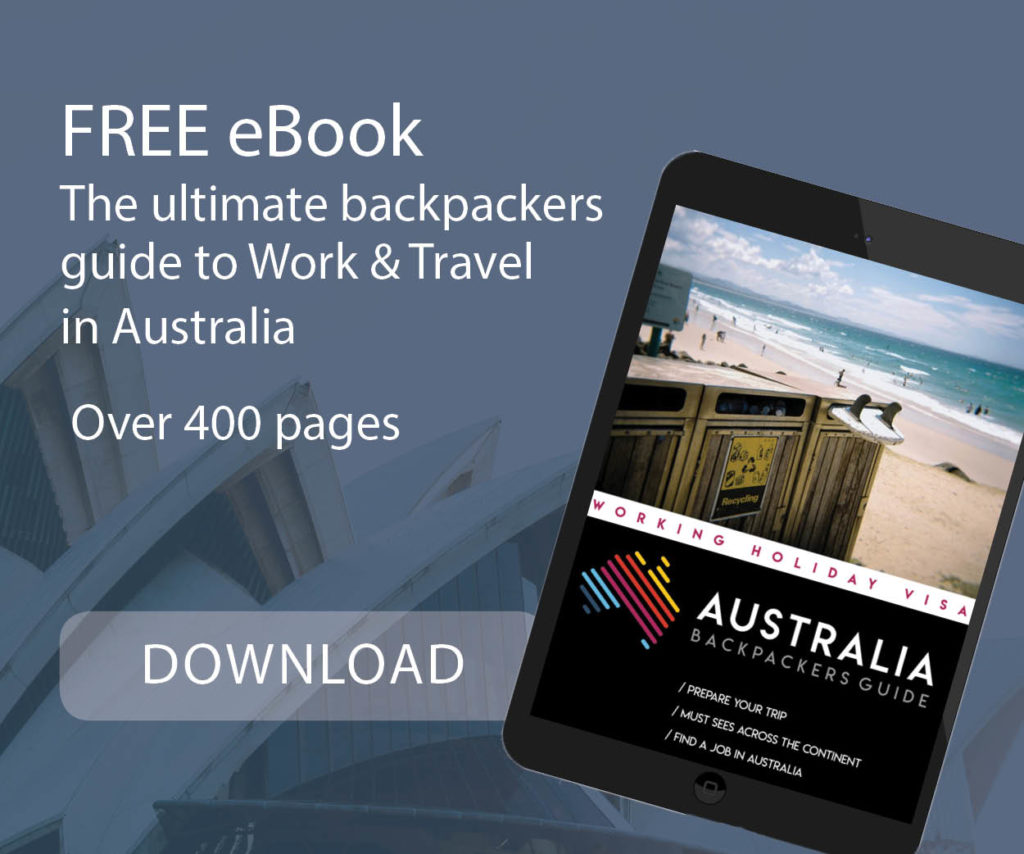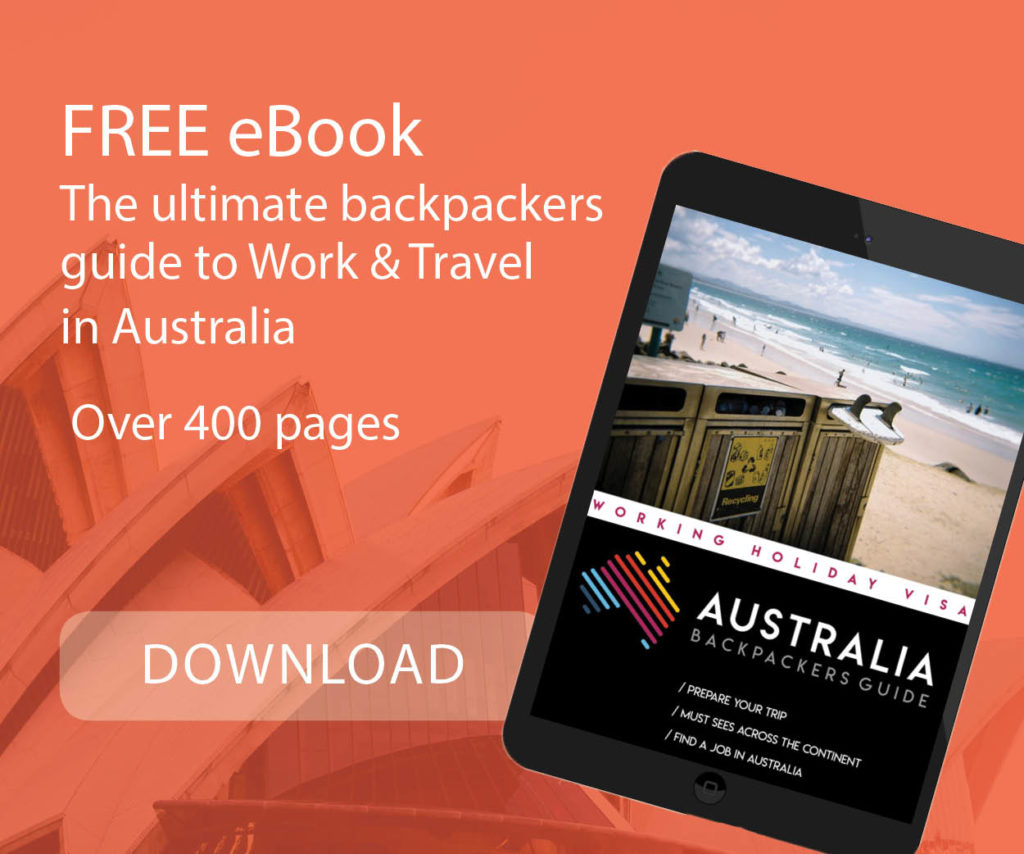
The backpacker tax has been discussed for several years in Australia. The debate started a couple of years ago and was finally settled by reaching a compromise. However, recently the High Court of Australia ruled the backpacker tax of 15% violated a non discrimination article found in tax agreements concluded between Australia and certain countries. Here are all the information you need to know about it and the current rates applied to backpackers depending on their nationality.
Tax rates for Backpackers (WHV Makers)
Backpackers on visa subclasses 417 or 462 are subject to a specific tax system. Working holiday visa holders are taxed on a progressive tax scale without the benefit of a tax-free threshold (for most of them – see below).
Companies must register as employers of working holiday makers by completing a specific form. Make sure that your employer is registering you as a working holiday visa maker otherwise you will be taxed 32.5% (foreign resident rate).
Normal rate 2024-2025
Visas 417 and 462 are taxed 15% for the first $45 000 of their income. Over this amount, they are taxed 32.5% as any Australian.
These rates apply to working holiday maker income regardless of residency for tax purposes (rates 2024-2025)
| Taxable income | Tax on this income |
|---|---|
| 0 – $45,000 | 15% |
| $45,001 – $135,000 | $6,750 plus 30 cents for each $1 over $45,000 |
| $135,001 – $190,000 | $33,750 plus 37 cents for each $1 over $135,000 |
| $190,001 and over | $54,100 plus 45 cents for each $1 over $190,000 |
Specific rate for WHM from non-discriminatory article (NDA) country
The backpacker tax has been contested and in Addy v Commissioner of Taxation [2021] HCA 34, the High Court has found that the ‘backpacker tax’ is not in accordance with Australia’s treaty obligations with the United Kingdom, violating the non-discrimination article (Article 25(1) of the UK DTA).
So if you are considered an Australian resident for tax purposes and from an NDA country, you may be eligible to be taxed on the same basis as a resident Australian national.
Here is the list of countries concerned:
- Chile,
- Finland,
- Japan,
- Norway,
- Turkey,
- the UK,
- Germany
- Israel.
The double tax agreements between Australia and these countries contain similar non-discriminatory clauses. Meaning that citizens from those countries are entitled to be taxed on the same basis as Australians resident (and therefore benefit from the tax-free threshold).
Tax Rate – Residents 2024-2025
| Taxable income | Tax on this income |
|---|---|
| $0 – $18,200 | Nil |
| $18,201 – $45,000 | 16c for each $1 over $18,200 |
| $45,001 – $135,000 | $4,288 plus 30 cents for each $1 over $45,000 |
| $135,001 – $190,000 | $31,288 plus 37 cents for each $1 over $135,000 |
| $190,001 and over | $51,638 plus 45 cents for each $1 over $190,000 |
More information on the ATO website.
How to claim your Tax Back ?
The Australian financial year runs from 1st July to 30th June each year. Tax returns can be lodged any time from 1st July to 31st October, for the previous financial year.
A simple tax calculator is available to help you calculate the tax on your taxable income on the ATO website. The Income tax estimator gives you an estimate of the amount of your tax refund or debt.
For more information and the process to follow to claim your tax back, visit How to claim your tax back in Australia
The Superannuation
Superannuation is a way to save for retirement. As a working holiday maker, your employer also has to pay superannuation for you. You are entitled to receive super contributions from an employer if you are at least 18 years old. The super contributions paid by your employer must be 11.5% of your ordinary earnings.
When you leave Australia, you can apply to have your super paid to you as a departing Australia superannuation payment (DASP). However, you will have to pay a tax on any DASP made to working holiday makers. Indeed, after leaving the country, you will be able to claim your superannuation back BUT it is taxed at 65%.
For more information on superannuation in Australia : How to claim your superannuation leaving Australia
For more information on the backpackers tax : AOT website


























